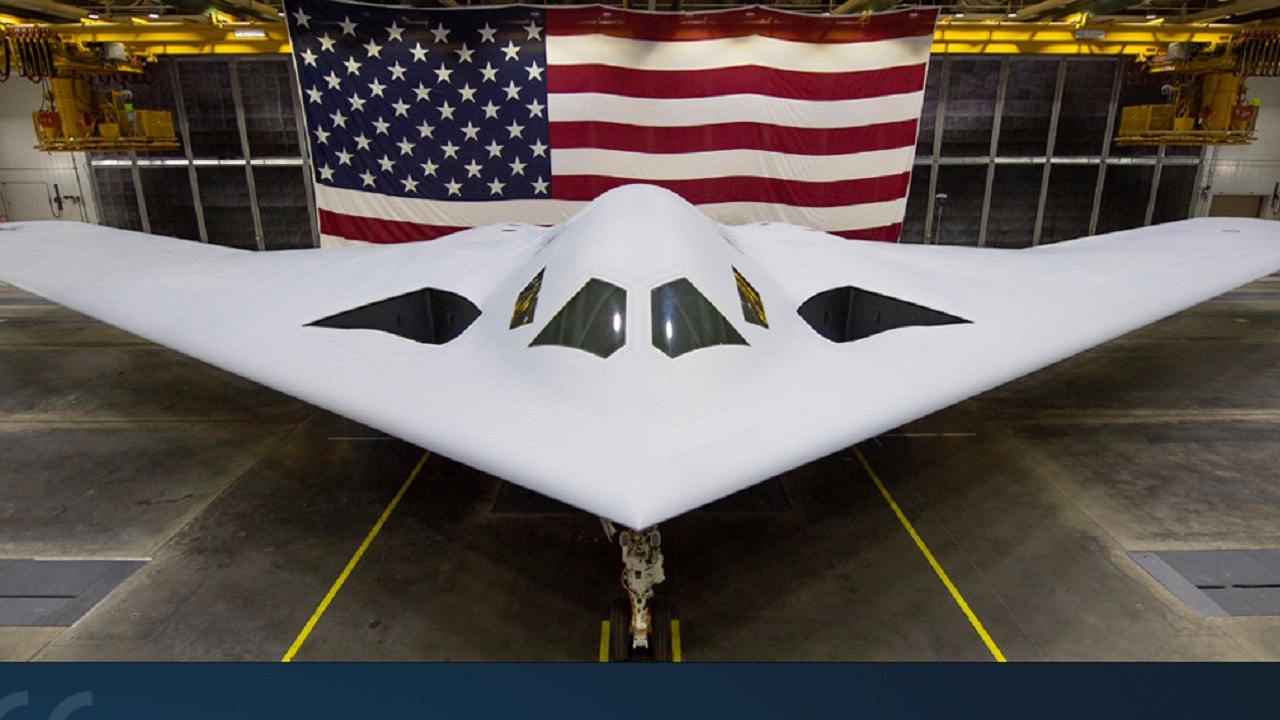Dyess Air Force Base, Texas, is preparing for the arrival of the U.S. Air Force’s B-21 Raider, the next-generation bomber set to enter service later this decade.
This week, the U.S. Army Corps of Engineers, Fort Worth District, announced that it is partnering with multiple Department of the Air Force organizations to facilitate the programming, design, and construction of 25 new or renovated facilities to support the Raider once it arrives deep in the heart of Texas.
These organizations currently include Dyess AFB, the Air Force Global Strike Command, the Department of the Air Force – Rapid Capabilities Office, the Air Force Civil Engineering Center, and the Air Force Installation and Mission Support Center. The multi-department team has been assembled to support the B-21 Raider’s Beddown Development Plan.
The beddown is essentially everything needed to support the future bomber, along with all the personnel, equipment, and maintenance facilities needed for the long-range aircraft to accomplish its future mission.
Future Homes for the B-21 Raider
Three installations are designated to host the B-21. These include Ellsworth AFB, South Dakota, which was identified as the main operating base and formal training unit, while Whiteman AFB, Missouri, will serve as an alternate operating base site along with Dyess, which is located 150 miles west of Fort Worth. It is home to the 7th Bomb Wing, assigned to the Global Strike Command Eighth Air Force
Additionally, Tinker AFB in Oklahoma will coordinate depot-level maintenance and sustainment of the aircraft, while Edwards AFB, California, will lead B-21 testing and evaluation.
Construction projects for the bomber hangers and other facilities have already begun at Ellsworth. The base, located near Rapid City, is already one of the largest employers in the Mount Rushmore State. According to a 2017 estimate, it had an annual economic impact of over $350 million. The current timeline calls for the first facilities to be ready by 2024, well ahead of the bombers’ deployment.
Ellsworth faced the possibility of closure as recently as 2005.
The Lone Star State is Picking Up the Pace
The Fort Worth team is now making plans to stand up a B-21 Raider office at Dyess AFB. Project engineers are currently managing the efforts from Fort Cavazos, formerly called Fort Hood, Texas.
“We are currently going back and forth from Fort Cavazos, but at some point, we will entertain the option to stand up an office at Dyess,” said Central Texas area engineer Chris Krause. “We will assemble a team from a few members of the Central Texas Area Office along with some new hires.”
More than $1 billion will be spent on the program over a 10-year period, and there is the potential for future work as the facilities age. As a result, the B-21 Raider program should keep the U.S. Army Corps of Engineers Fort Worth District team busy at least for at least the next decade. There might be facility sustainment, restoration, and maintenance opportunities down the road as well.
The B-21 Raider – America’s Future Bomber
Northrop Grumman was awarded the contract to produce the next-generation bomber in 2015, and the company quickly assembled a nationwide team to design, test, and build the B-21. The Raider — named for the 80 men who took part in the World War II “Doolittle Raid” on Tokyo in the spring of 1942 — was developed using the aerospace firm’s pioneering digital engineering practices and advanced manufacturing techniques.
Some 8,000 employees of Northrop Grumman and various other defense contractors of all sizes, spread across 40 states, have been secretly building the Air Force’s new stealth bomber. Currently, there are at least six B-21s in various stages of construction.
The B-21 was officially unveiled in a special ceremony at North Grumman’s facilities in Palmdale, California, last December.
Author Experience and Expertise: A Senior Editor for 19FortyFive, Peter Suciu is a Michigan-based writer. He has contributed to more than four dozen magazines, newspapers, and websites with over 3,200 published pieces over a twenty-year career in journalism. He regularly writes about military hardware, firearms history, cybersecurity, politics, and international affairs. Peter is also a Contributing Writer for Forbes and Clearance Jobs. You can follow him on Twitter: @PeterSuciu.
From 19FortyFive
Footage Shows World War I Guns Being Used in Ukraine
‘Vacuum Bombs Destroyed’: Ukraine Footage Shows Putin’s Thermobaric Rockets Destroyed
BOOM! Ukraine Video Shows Precision Strike on Russian Air-Defense System

